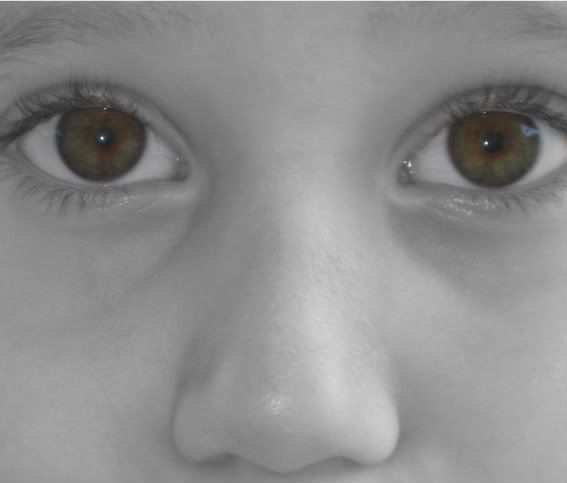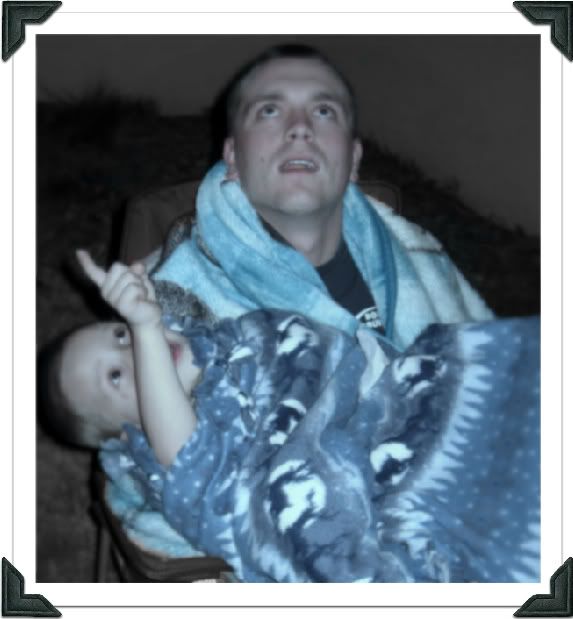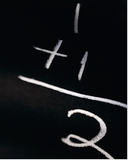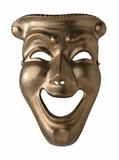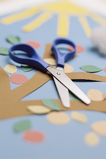Earlier today I was reminded (on a friend's post on facebook of all things) about the
Leonids meteor shower that had been going on and was reaching its peak tonight. Googling it, I heard many different estimates of how many meteors per hour there were supposed to be and at what time the peak was to be expected.
I was so excited. What a cool experience this was going to be!
We decided to head out and try and see some of the action, finding ourselves on a dirt road in the middle of a desert and forgetting our blanket that we intended to lay on. We brought along some books on astronomy we got from the library and were reading them on the way there. I was surprised at how much Hunter remembered from the books.
Parked off a little ways from the road, we watched. And watched. We found a bunch of constellations, talked about how far away the stars were, and pointed out Venus in the western horizon. We have talked a lot about astronomy and he knows so many things, but we rarely get to see such a spectacular, clear view of the sky, away from the city lights. It was like it was all "clicking" in his brain.
"What? Are we in
space?" He said with an incredible amount of fascination and excitement when I pointed out Venus.
"Of course Hunter, we're on earth, and earth is in space."
"Wow..."
It was like he was actually experiencing the amazing reality of the universe - in a small, beginning way, of course. But still, it was quite a fun thing to share together.
He kept saying that he "wants to see the rocks now". He was excited but we weren't getting much action.
While we were waiting we reviewed what a meteor is called in its various "lives" - a meteor flying through space is simply called a
meteor. One that has hit earth's atmosphere, therefore burning up (and causing the streaks of light that we see), is called a
meteoroid. One that is big enough to make it through earth's atmosphere and reach the ground is called a
meteorite. Cool, huh?
Well, we were out there for about an hour and didn't see any. I guess that, when they said the peak was supposed to be on November 17, they meant
very early this morning (at like 1:00). And when they were talking about 1:00 am tonight Eastern time (there were still supposed to be quite a few tonight) they didn't really mean Eastern time. It was kind of hard to get our facts straight.
We were kind of disappointed but still had a fun time. I guess there are meteor showers
pretty frequently, the November one being called the Leonids. We're looking forward to making a habit of this!
When we got home, it took us a few minutes before we settled down to bed. Before giving up completely, I went outside in the backyard for a few minutes. And you know what? I saw one! One, just one, but I saw my first "shooting star" and was so thrilled. I brought Hunter and Brandon out there, who waited for a while and pointed out some constellations again but, no luck.
I guess we'll have to try again with the
Geminids!
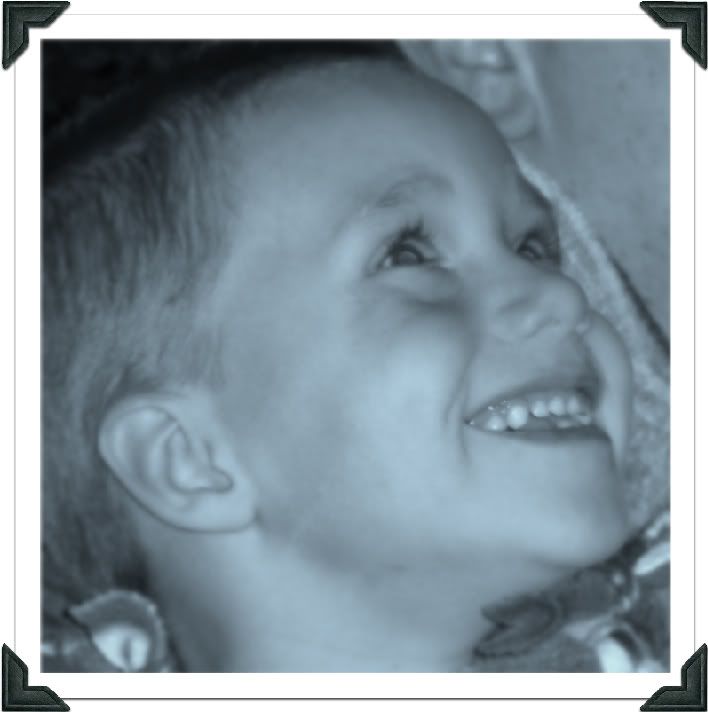
"He is wise in heart, and mighty in strength... Which maketh Arcturus, Orion, and Pleiades, and the chambers of the south. Which doeth great things past finding out; yea, and wonders without number."
Job 9:4, 9-10
Hunter is 4 years, 8 months old














